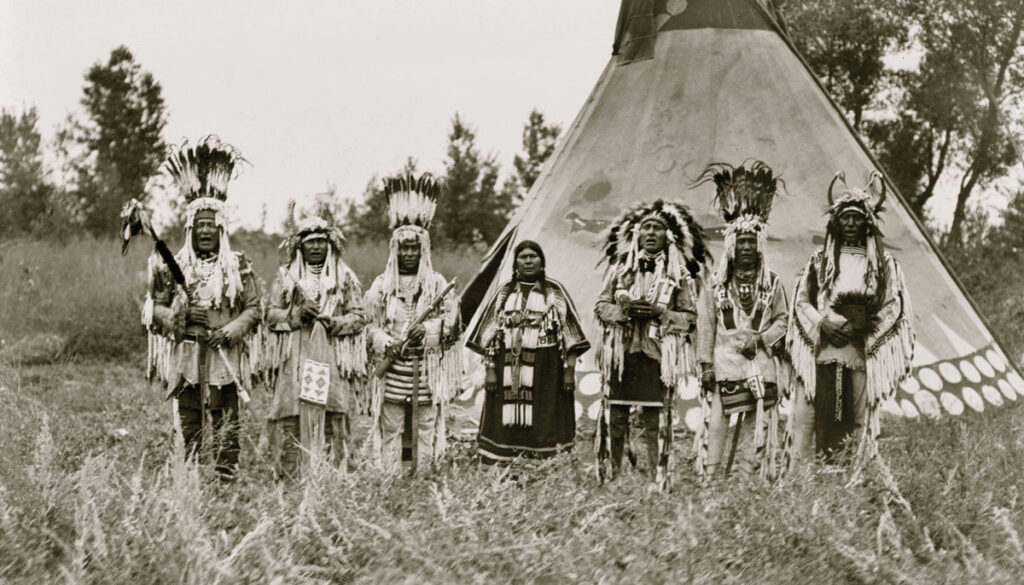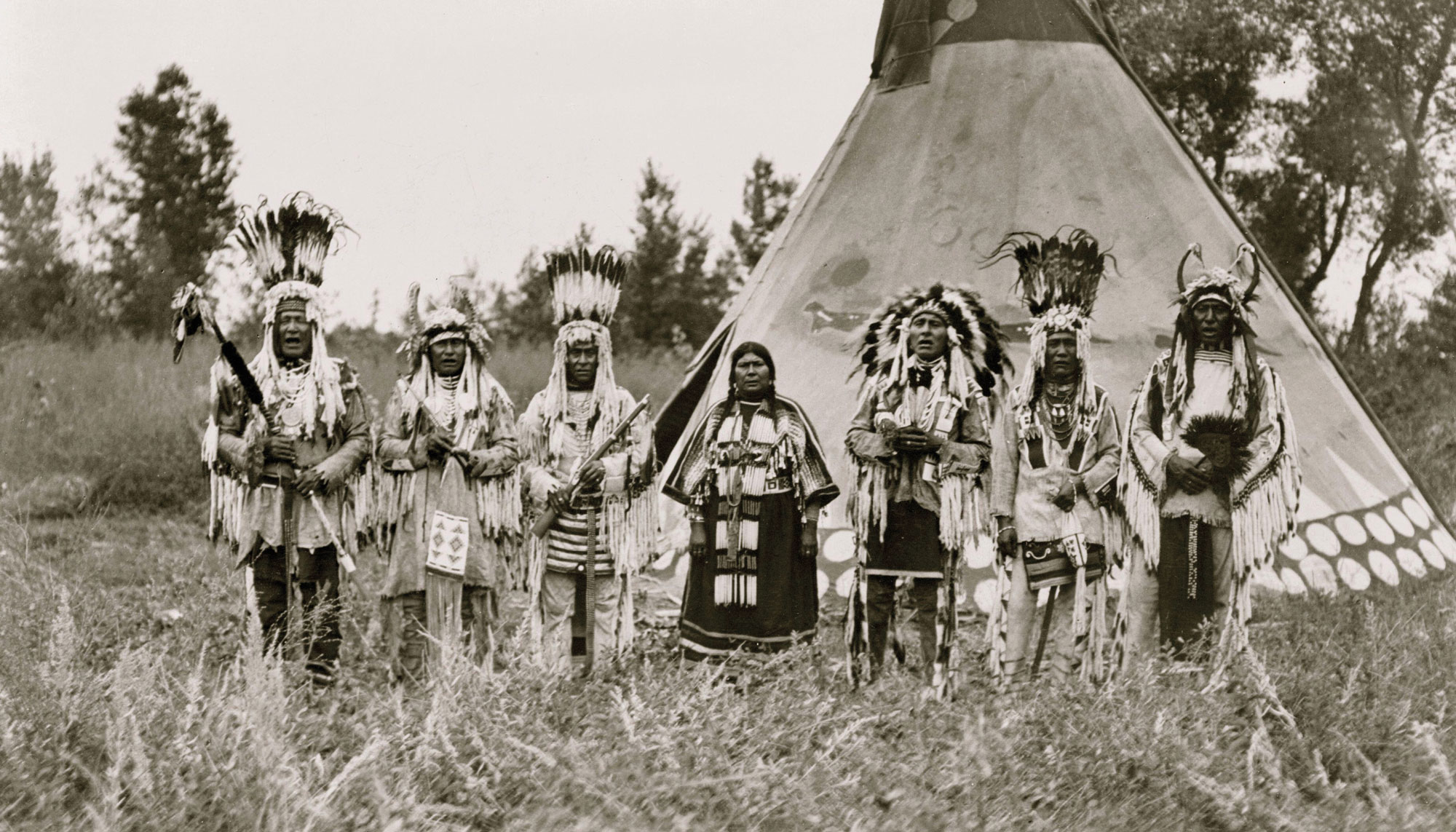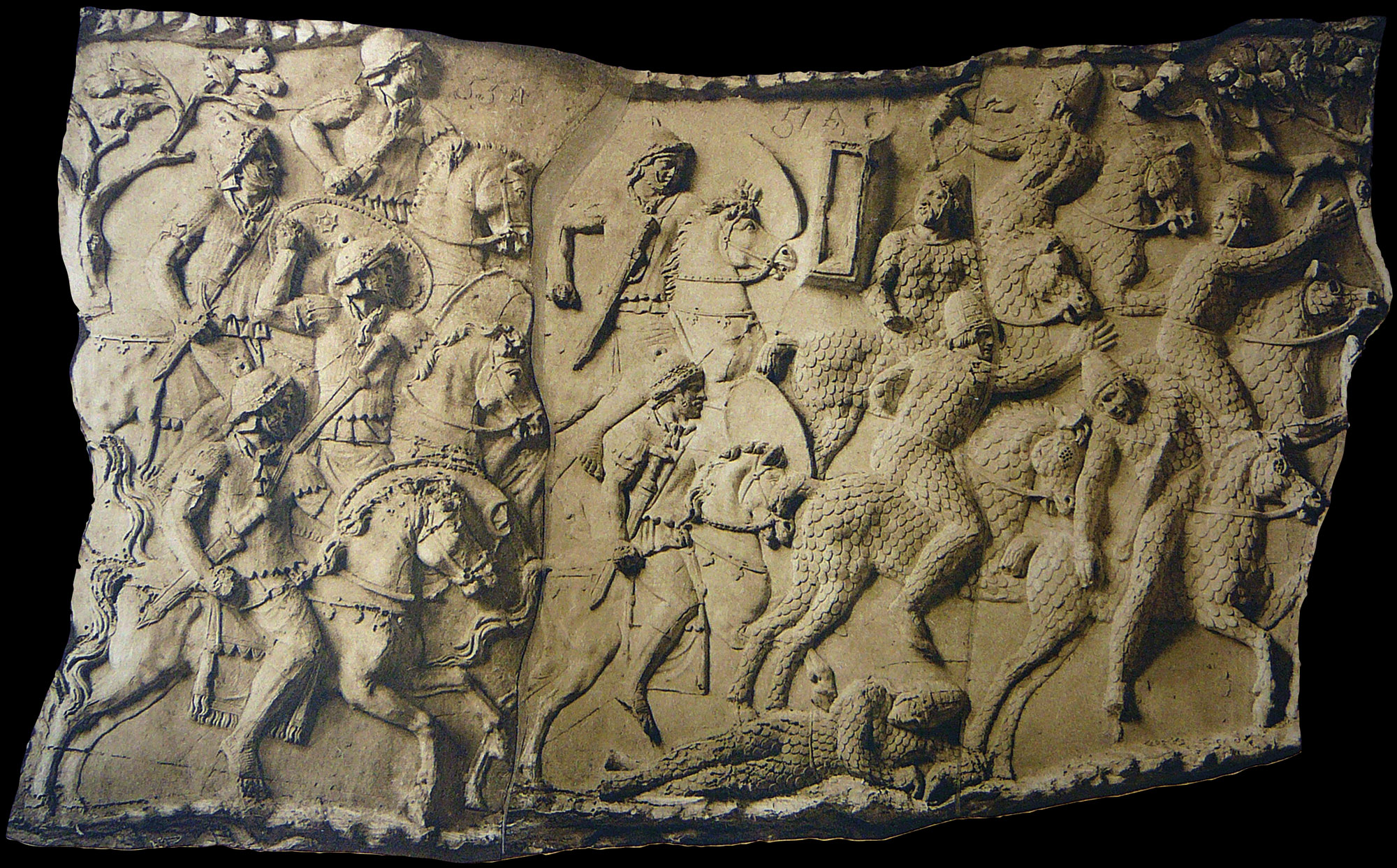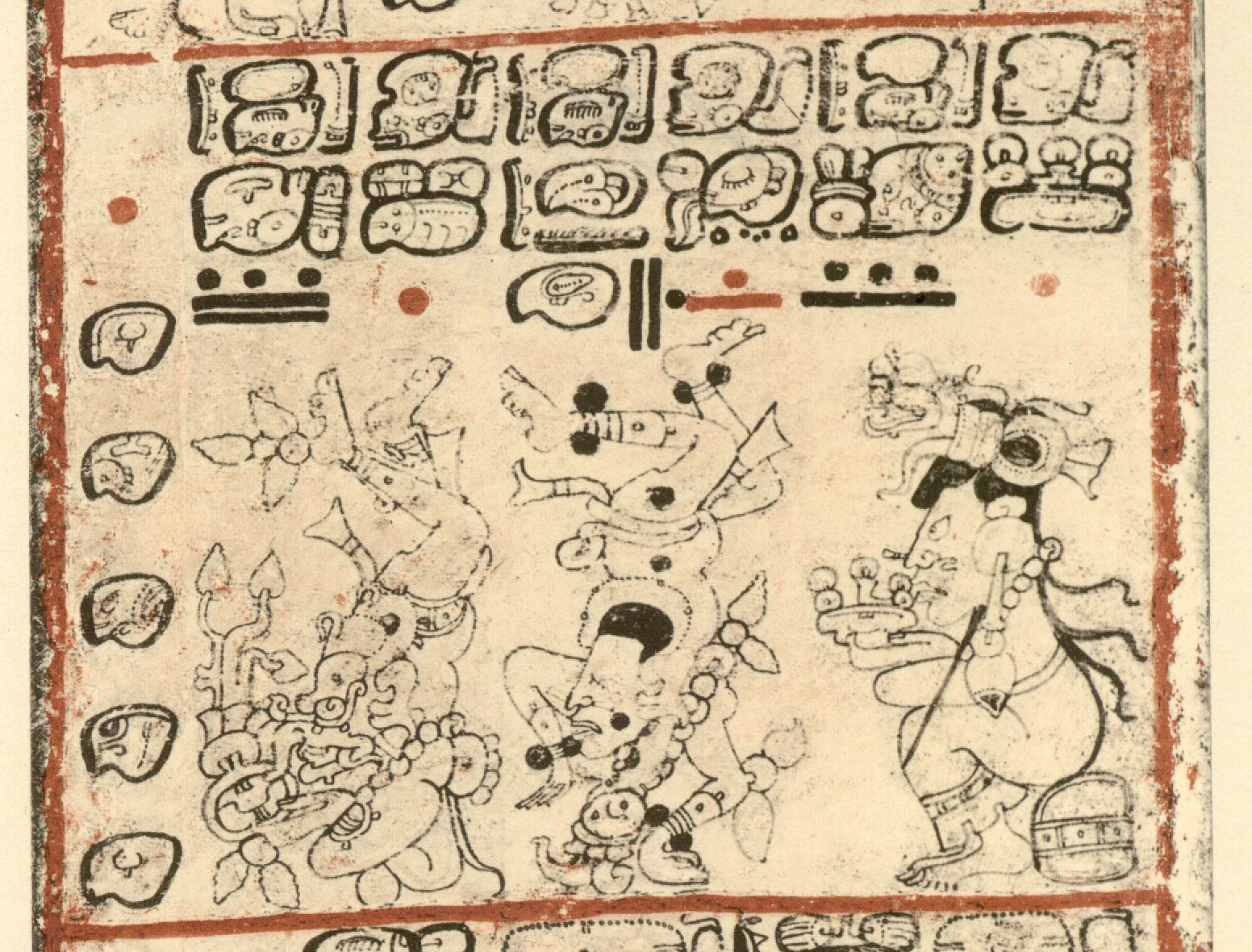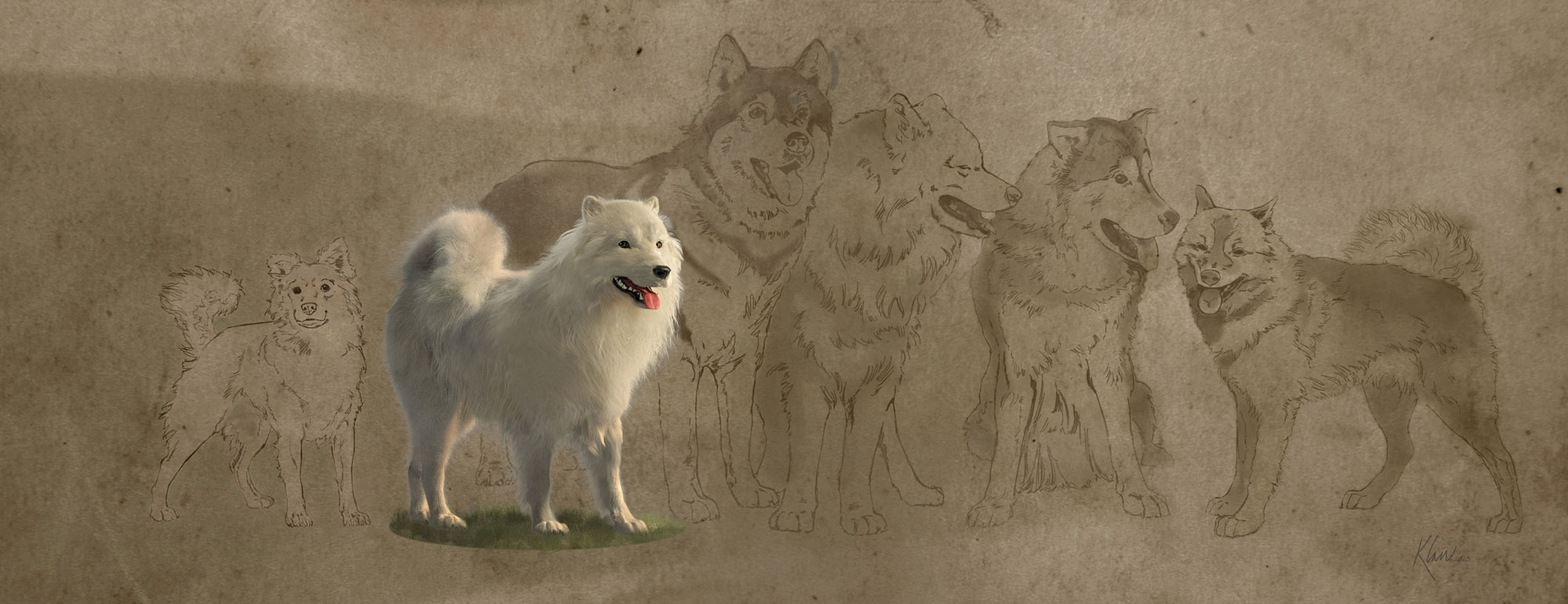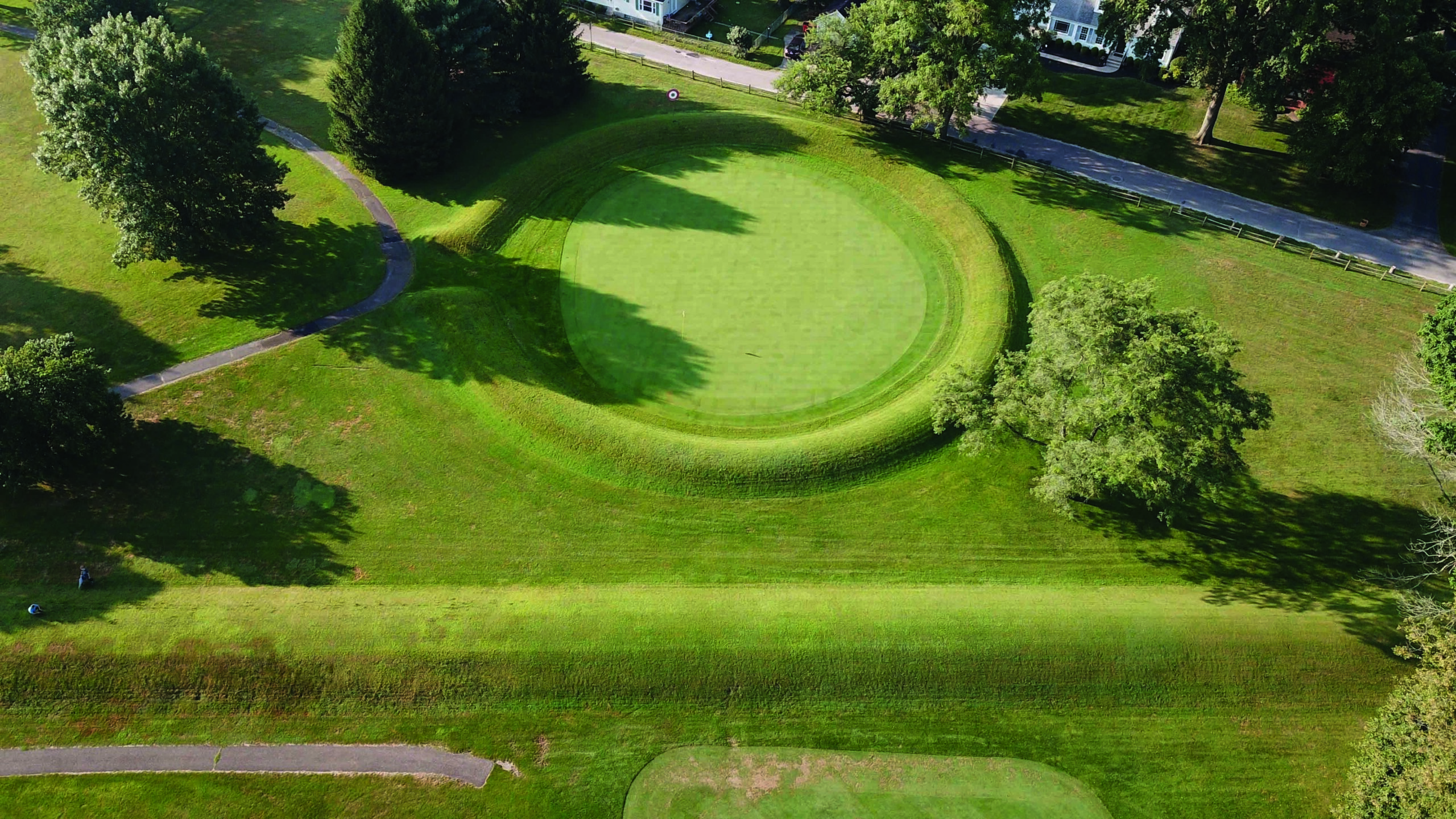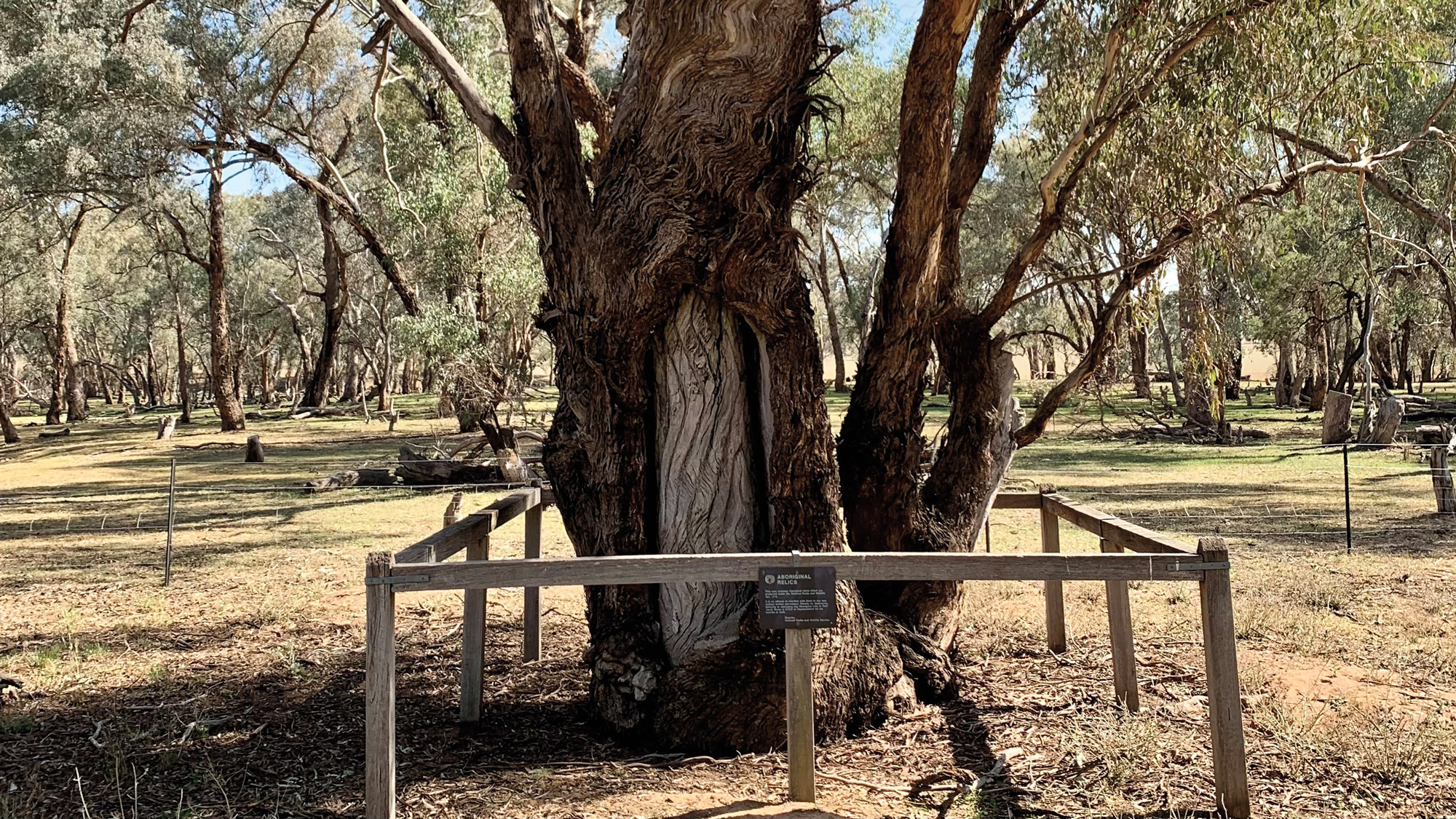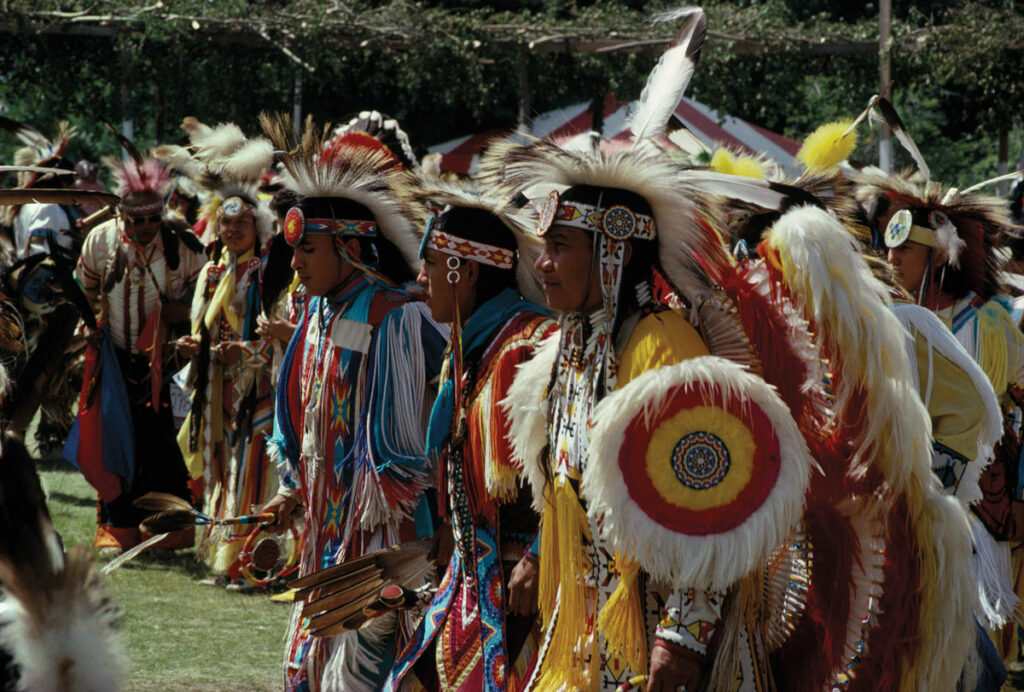
The Blackfoot Confederacy is today made up of four bands. The traditional lands of three of them, the Blood (Kainai), Piikani, and Siksika First Nations, are on the plains of southern Alberta, Canada, while the Blackfeet Tribe’s homeland is in northern Montana. Many scholars have concluded that the confederacy is a relative newcomer to the High Plains. Linguists classify the Blackfoot language as part of the Algonquin family, which includes many languages spoken by peoples living around the Great Lakes and on the Eastern Seaboard. Since the nineteenth century, Euro-American anthropologists have argued that the ancestors of the people of the Blackfoot Confederacy must have originally lived near the Great Lakes. At some point in the last millennium, they are thought to have migrated to the High Plains. But the Blackfoot have no collective memory of a migration from the east. Some of their stories do tell of a migration from the north that took place long ago, when giant beavers and camels still existed, but nothing in Blackfoot oral history matches the history anthropologists have written for them.
A genetic study has now provided support for the Blackfoot people’s belief that they have lived on their traditional lands from time immemorial. Working in partnership with the Blood (Kainai) First Nation and the Blackfeet Tribe, a team led by archaeologist Maria Zedeño of the University of Arizona and archaeogeneticist Ripan Malhi of the University of Illinois Urbana-Champaign analyzed DNA samples taken from six living members of the Blackfoot Confederacy and from the remains of seven ancestral Blackfoot. To their surprise, the researchers discovered that the Blackfoot did not share any genetic affinity with Algonquin groups, or, indeed, with any other Native American peoples. Statistical analysis showed that the Blackfoot lineage probably broke off from other Native groups around 18,000 years ago. The Blackfoot likely lived in relative isolation for millennia before interacting with Algonquin speakers. These new insights into Blackfoot genetic heritage support recent linguistic research suggesting that the Blackfoot language has features that belong to an ancient language spoken by a people who lived in the Blackfoot Confederacy’s homeland. These features are thought to have long predated the advent of Algonquin languages. “This really confirms what we already knew,” says Gheri Hall, an archaeologist with the Blackfeet Tribal Historic Preservation Office, who notes that the genetic evidence could help the tribe in future legal cases involving land disputes. “Now we can use the new science to fight the old science.”
